Are Carrots Raw Vegetables? Discover Their Best Uses!
Carrots are a versatile vegetable that can be enjoyed in many forms, but they are most nutritious when eaten raw. By consuming raw carrots, you get to enjoy their crisp, sweet texture along with a host of nutritional benefits. Raw vegetables like carrots are packed with essential nutrients that can boost your health in several ways.

Packed with beta-carotene, raw carrots help maintain good vision, support your immune system, and promote healthy skin. Eating raw carrots also provides fiber, which aids in digestion and keeps you feeling full longer. Including raw carrots in your diet is an easy and delicious way to improve your overall health.
Check out how raw carrots stack up in terms of nutrition by looking at different sources. Whether as a snack or a salad ingredient, raw carrots are a simple, tasty way to support a healthy lifestyle.
What Are Raw Vegetables?
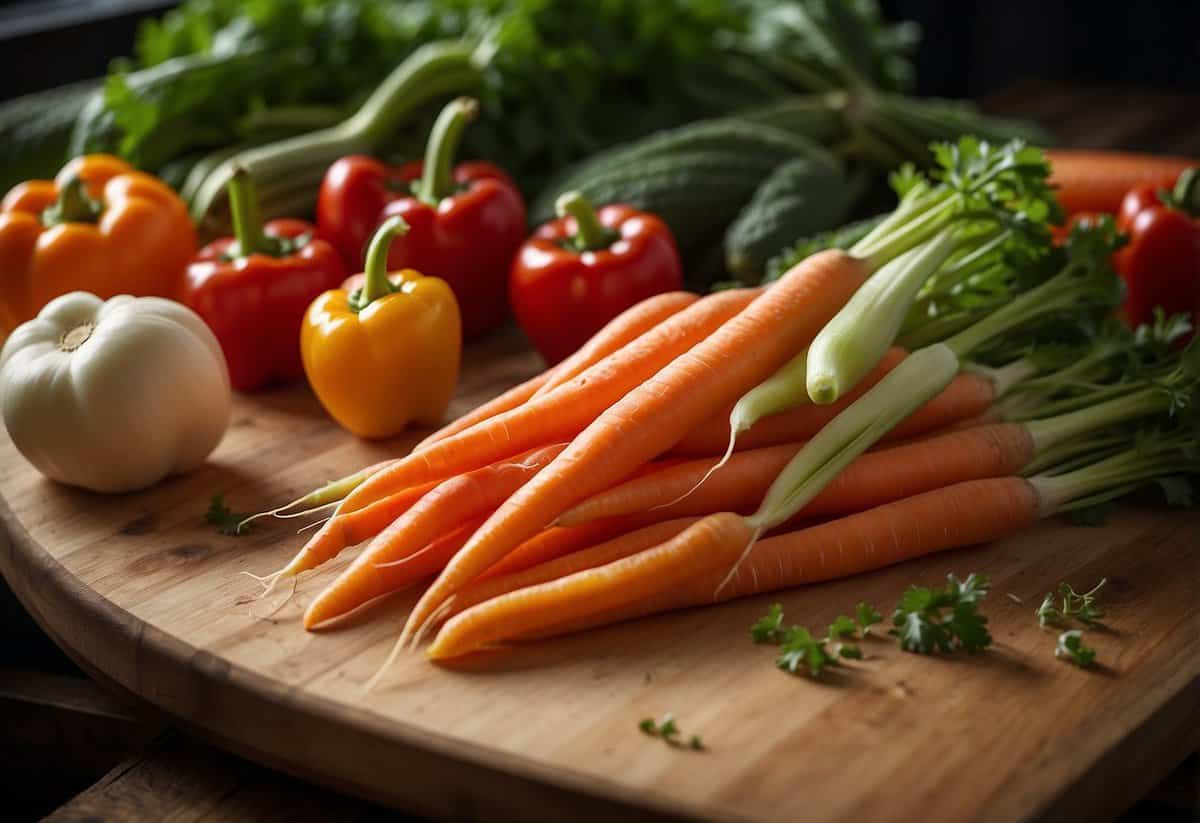
Raw vegetables are those that haven’t been heated or cooked. These vegetables are packed with natural nutrients that are vital for your health.
Importance of Eating Vegetables Raw
Eating raw vegetables can provide you with a host of benefits. When you consume vegetables raw, you get more enzymes that aid in digestion. These enzymes can sometimes be lost during the cooking process. Also, many raw vegetables are high in fiber, which helps with digestion and gives you a sense of fullness.
Raw vegetables, such as carrots, spinach, and bell peppers, are especially rich in vitamin C and certain antioxidants. Antioxidants are substances that help protect your cells from damage. For instance, raw spinach retains more lutein and vitamin C. Including raw vegetables in your diet can help guard against various chronic diseases.
Nutritional Differences Between Raw and Cooked
The nutrients in vegetables can change depending on whether they are raw or cooked. Some vitamins and minerals can be lost or become less available when vegetables are heated. For instance, raw bell peppers have more vitamin C than cooked ones. Cooking can cause this vitamin to degrade.
However, cooking can also make some nutrients easier to absorb. For example, cooked carrots release more beta-carotene, which your body converts to vitamin A. This makes it easier for your body to use these nutrients. Similarly, the calcium in cooked spinach is more accessible than in raw spinach.
Eating a mix of raw and cooked vegetables can help you get the most nutritional benefits. By including both in your diet, you ensure a variety of vitamins, minerals, and antioxidants.
Carrots: A Nutritional Powerhouse
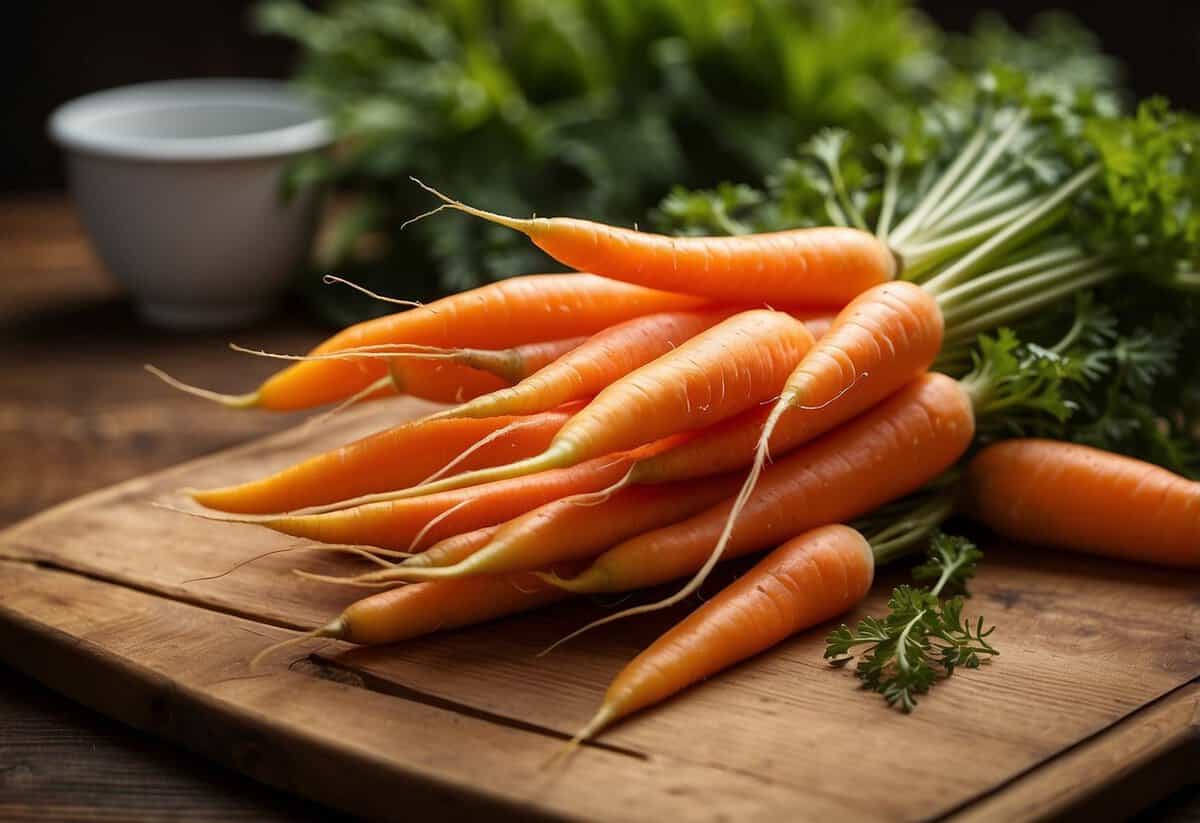
Carrots are not just crunchy and tasty; they are packed with a wide range of nutrients that are essential for your health. They provide essential vitamins, minerals, and other beneficial compounds.
Vitamin and Mineral Content
Carrots are rich in vitamins and minerals. A single raw carrot provides over 10,000 IU of vitamin A, which is crucial for good vision and immune function. They also contain vitamins C, K, and various B-group vitamins.
Minerals such as potassium are present in carrots, helping in maintaining heart health and muscle function. The water content is high, contributing to hydration. Carrots are also a good source of dietary fiber, which aids digestion.
Health Benefits of Carrots
Carrots have a range of health benefits that extend beyond their basic nutritional content. Their high concentration of beta-carotene acts as a powerful antioxidant, reducing the risk of chronic diseases. Carrots also have anti-inflammatory and antibacterial properties.
Eating carrots regularly can improve skin health, thanks to their significant vitamin A content. Additionally, they support heart health by lowering blood pressure and reducing the risk of heart disease. These versatile vegetables can also aid in weight management, thanks to their low calorie and high fiber content.
Comparing Carrots With Other Vegetables
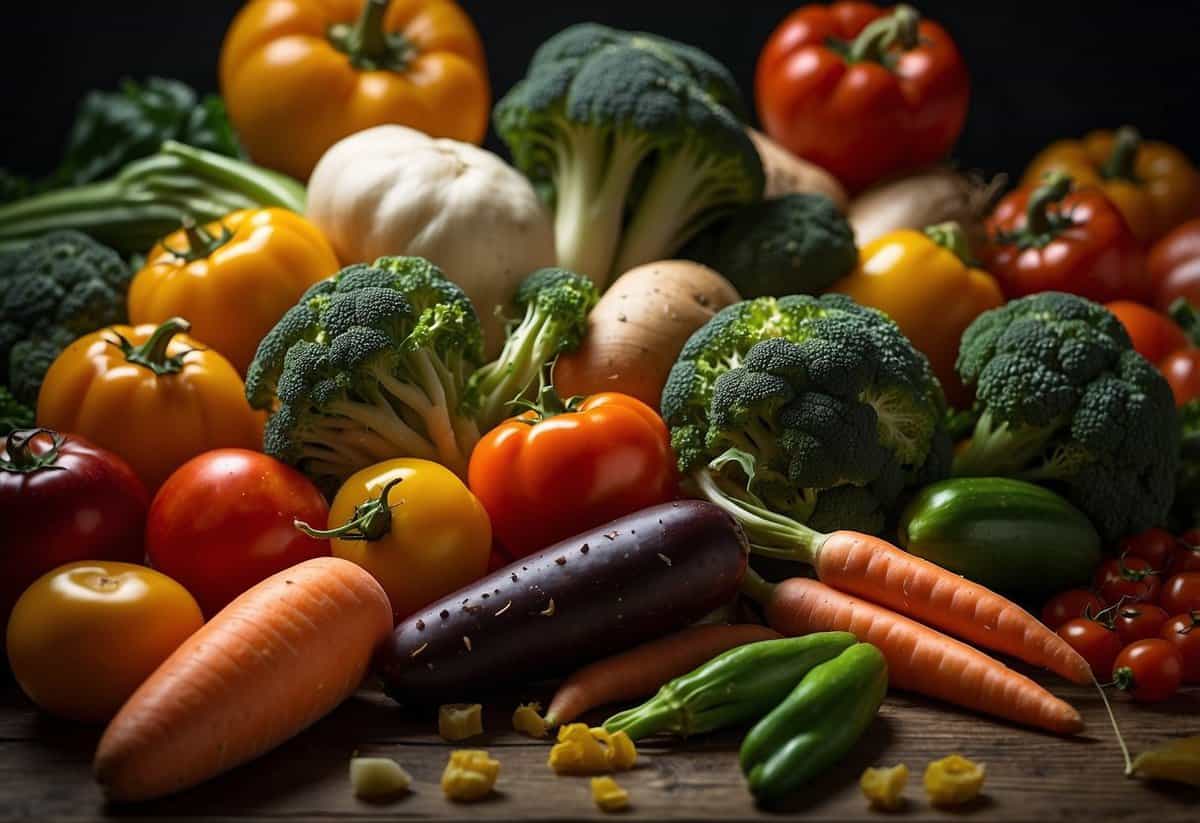
When comparing carrots with other vegetables, certain factors like nutritional content and how cooking affects these vegetables are important. Carrots, as well as other vegetables, vary in their benefits based on how you prepare them.
Nutritional Profiles
Carrots are packed with beta-carotene, an antioxidant that your body converts into vitamin A, important for vision and immune function. A cup of raw carrots contains about 52 calories, 12 grams of carbs, and 4 grams of fiber. They also have small amounts of other vitamins like K and C.
Broccoli is another nutrient-dense vegetable. One cup of raw broccoli offers roughly 31 calories, 6 grams of carbs, and 2.4 grams of fiber. It’s rich in vitamins C and K, and contains folate and potassium.
Asparagus provides a good amount of vitamins A, C, and K. One cup of raw asparagus has about 27 calories, 5 grams of carbs, and 3 grams of fiber. It’s also a good source of folate and has some protein.
Cauliflower is very low in calories with about 25 calories per cup. It has 5 grams of carbs, 2 grams of fiber, and provides vitamins C and K along with folate.
Potatoes are higher in calories—about 161 per cup. Potatoes offer vitamin C and significant potassium. They also provide carbs and fiber.
Tomatoes are rich in vitamin C, potassium, and lycopene, a powerful antioxidant. One cup of raw tomatoes contains around 18 calories, 3.9 grams of carbs, and 1.2 grams of fiber.
How Cooking Affects Different Vegetables
Cooking can change the nutrient profile of vegetables. Carrots are a good example: their beta-carotene becomes more available after cooking. Cooking carrots enhances their antioxidant properties, making them even more beneficial.
Broccoli can lose some vitamin C when cooked, but steaming preserves most of its nutrients. Cooking also makes compounds like sulforaphane more accessible, which can help fight cancer.
Asparagus retains most of its nutrients when steamed or roasted. Cooking increases its levels of certain antioxidants.
Cauliflower when cooked, is easier to digest and can still be a good source of nutrients. Roasting or steaming helps retain its vitamins.
Potatoes are best boiled or baked with the skin on. The skin contains fiber and other nutrients. Frying can add unnecessary calories and fats.
Tomatoes benefit from cooking, which increases the amount of lycopene your body can absorb. Cooked tomatoes can be more effective in protecting against certain diseases.
Carrots and other vegetables offer varied nutritional benefits when raw and cooked, making both forms valuable in a balanced diet.
The Impact of Cooking on Vegetables
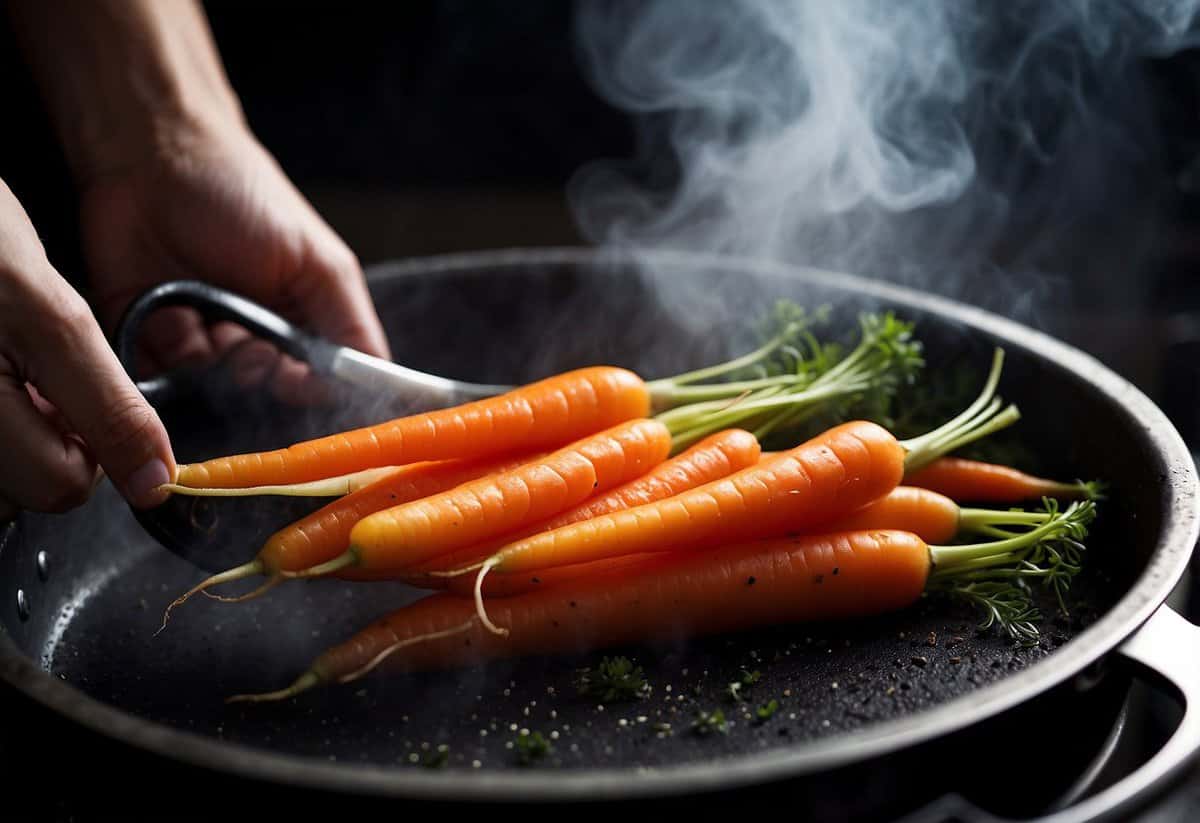
When you cook vegetables, their nutritional value can change. Some vitamins and minerals become more accessible, while others may degrade.
Cooking Methods and Nutrient Retention
Different cooking methods affect vegetables in various ways. Steaming is one of the best options for retaining nutrients because it uses lower temperatures and less water. For example, steamed broccoli keeps more of its vitamin C compared to boiling it.
Boiling vegetables can cause water-soluble vitamins like vitamin C and folate to leach into the water. This means you lose some nutrients unless you use the water in soups or sauces.
Microwaving is another method that can help retain nutrients because it involves shorter cooking times. For instance, microwaved spinach can keep more of its folate compared to cooking on the stove.
Frying vegetables can introduce more fat into your diet. While it may improve the absorption of fat-soluble vitamins like A, D, E, and K, it also adds extra calories.
Pros and Cons of Cooking
Cooking vegetables has benefits and drawbacks. Cooked veggies are easier to digest and can make certain nutrients more available to your body.
For instance, cooking tomatoes breaks down their cell walls, making more lycopene available. Lycopene is a powerful antioxidant that can help with heart health.
On the flip side, cooking at high temperatures or for too long can destroy some nutrients. Spinach loses some of its folate when boiled, and bell peppers lose vitamin C when exposed to heat.
Cooking can also reduce the risk of foodborne illness by killing harmful bacteria. But you need to balance cooking methods to get the most nutritional value from your veggies. Mix raw and cooked vegetables in your diet to enjoy a variety of benefits.
Incorporating Carrots in Your Diet
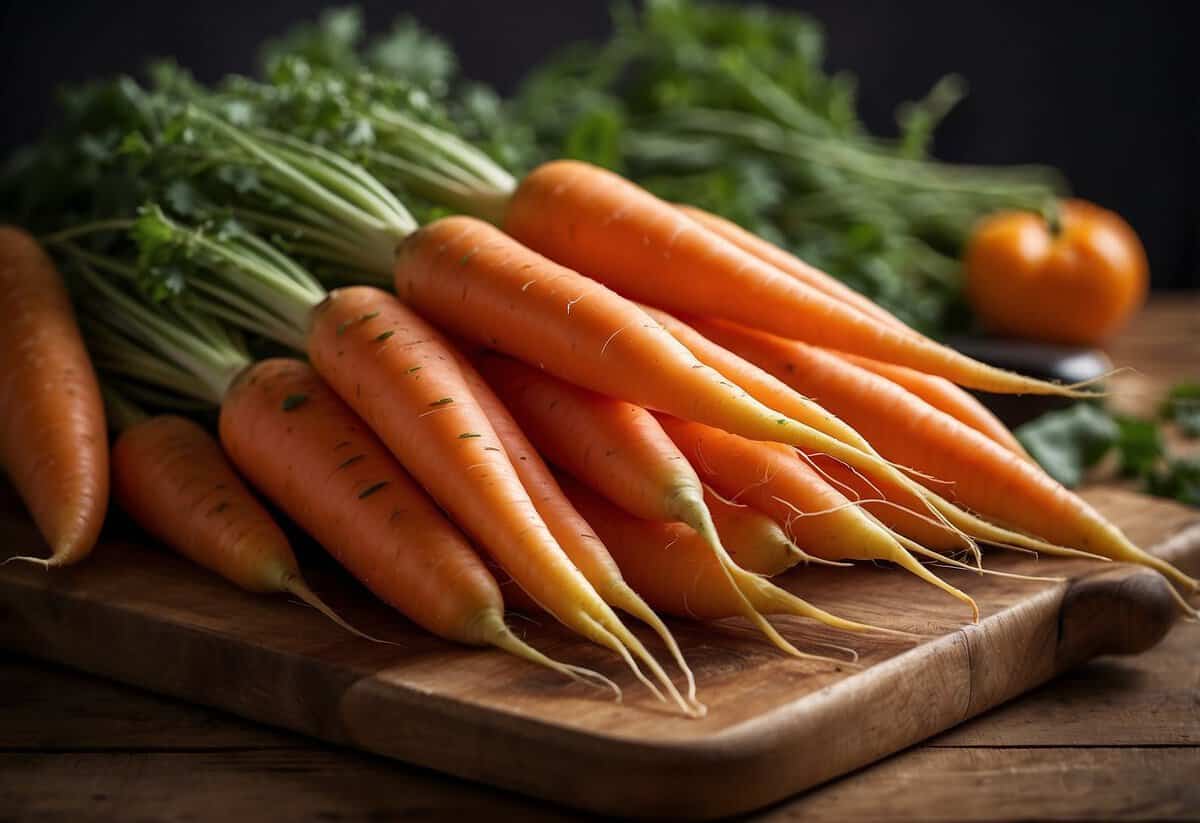
Carrots are a versatile and healthy addition to your meals. They can be enjoyed both raw and cooked, offering numerous nutritional benefits. This section explores creative ways to eat carrots and how to balance raw and cooked forms for optimal health.
Creative Ways to Eat Carrots
There are many delicious methods to incorporate carrots into your diet. A classic way is to enjoy them raw as a crunchy snack. Simply peel and cut them into sticks. You can pair them with hummus or a yogurt dip for added flavor.
Carrot salads are another tasty option. You can shred carrots and mix them with lettuce, spinach, or other greens. Top with nuts and a light vinaigrette for a refreshing side dish.
For a sweet treat, try carrot muffins or cake. These baked goods often use grated carrots, which add natural sweetness and moisture. Use organic carrots to maximize nutritional content and support sustainable farming practices.
In soups and stews, carrots provide a hearty texture and enhance flavor. Dice them up and add to your favorite recipes. They meld well with other vegetables and proteins, boosting the nutrient profile of your meals.
Balancing Raw and Cooked for Optimal Health
While raw carrots offer a crisp texture and are high in dietary fiber, cooked carrots can be easier to digest and still retain important nutrients. Knowing when to eat carrots raw versus cooked can help you maximize their health benefits.
Raw carrots are excellent for snacks. Eating them raw preserves the vitamin C content and maximizes fiber intake. They also provide a quick, portable, and low-calorie option for when you’re on the go.
Cooking carrots can enhance the bioavailability of certain nutrients, such as beta-carotene. Lightly steaming or roasting helps break down the cell walls, making it easier for your body to absorb these compounds.
Combining both raw and cooked carrots in your diet ensures you enjoy a broad spectrum of nutrients. For instance, enjoy a raw carrot salad for lunch and a side of roasted carrots with dinner. This variety keeps your meals interesting and nutritionally balanced.







